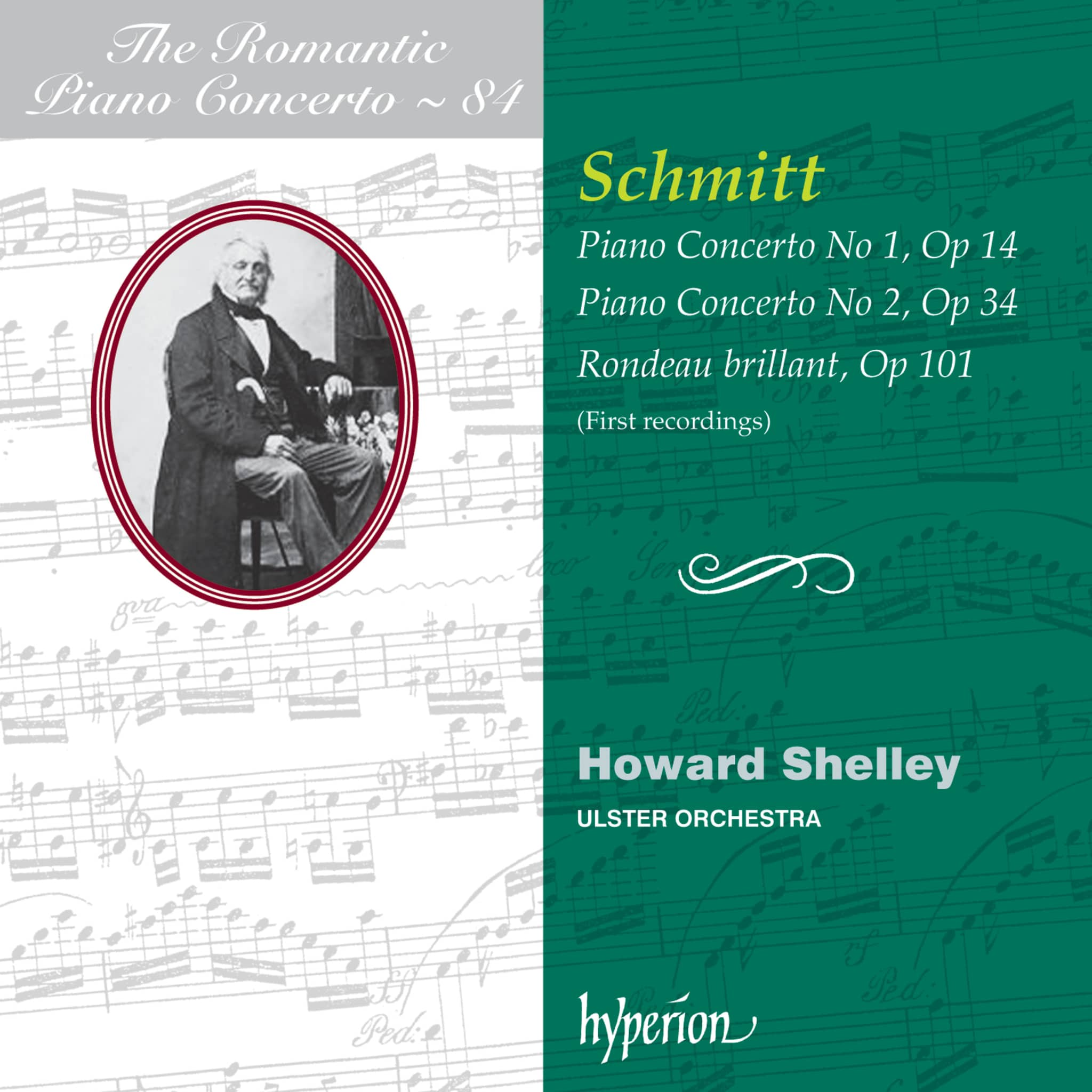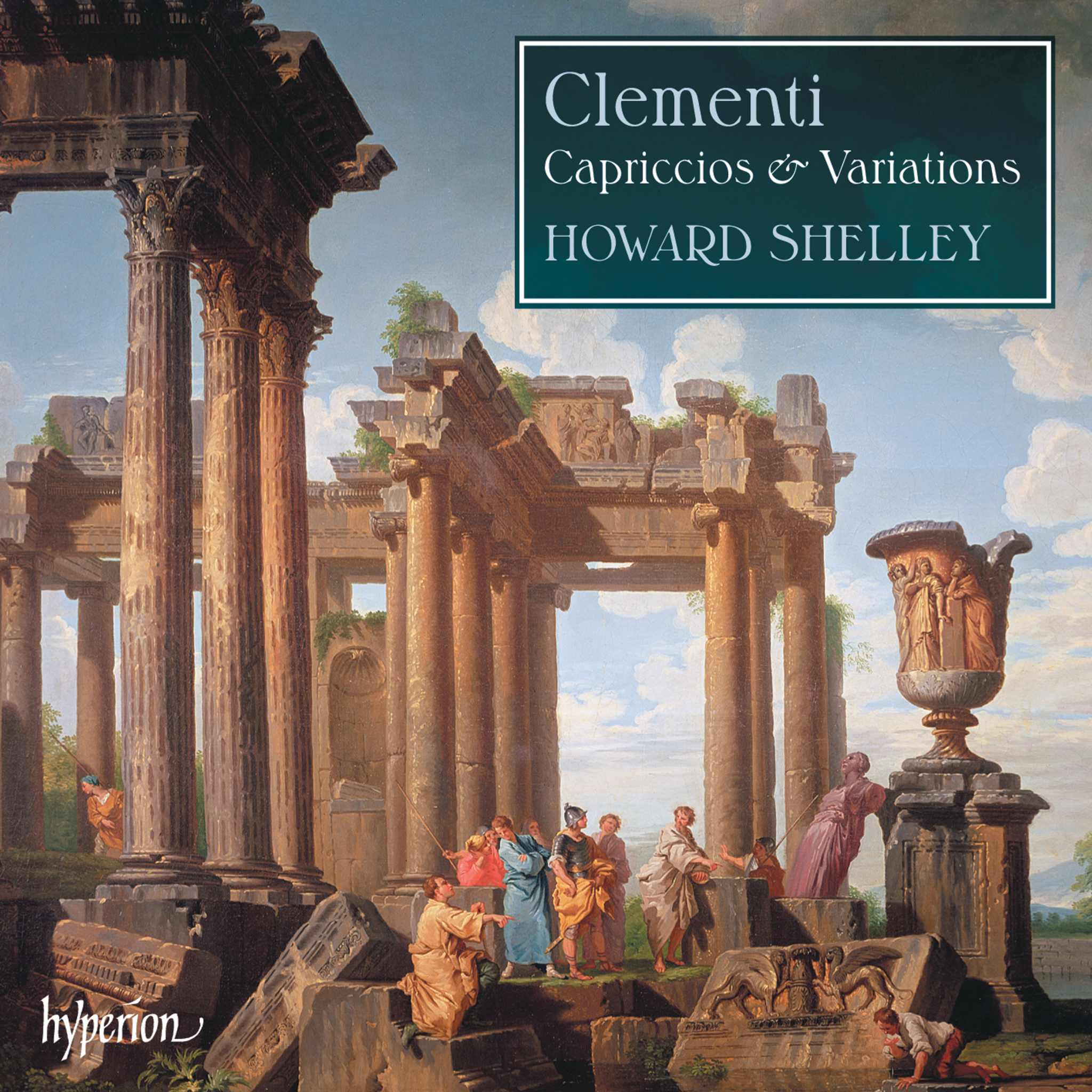Album insights
The interest in Czech music traditions is expanding rapidly, as the understanding of time spreads both backward and forward, revealing immense richness. Janáček and Martinů are now firmly established in the international repertoire, with 18th-century Czech composers seen as significant figures alongside Haydn, Mozart, and Beethoven. In this context, the work of Josef Suk has recently come into focus and is gaining more recognition.
Joseph Suk's background is well known. Like many Czech composers of the 18th and 19th centuries, he received initial musical training from family members. Following his studies at the Prague Conservatory, where he began composing successfully, Suk became a favorite student of the great Czech musician Antonín Dvořák. His marriage to Dvořák's daughter Otilie in 1898 further deepened his musical connections. Not just a talented violinist, Suk was also a co-founder of the Czech String Quartet, one of Europe's prominent quartets. He emerged as a leading figure in the Czech music scene, impacting many young musicians, including Martinů.
Although Suk could have been a natural successor to Dvořák due to his similar training and sensitivity as both a string player and composer, their musical paths diverged in many aspects. Unlike Dvořák, Suk didn't compose operas, and despite suggestions of similarities by some music scholars, their musical languages were distinct. Even Suk's early works displayed notable individuality and sophisticated structural approaches. His tendency towards expressive melancholy was evident even before the tragic deaths of Dvořák in 1904 and his daughter Otilie a year later. This turning point in Suk's life transformed his self-reflection into musical prowess, seen notably in works like the Asrael Symphony (1905/06) and subsequent orchestral pieces that resonate powerfully with audiences, akin to Mahler.
These characteristics are already noticeable in Suk's Piano Quintet in G minor, Op. 8, composed in 1893 but not published until 1915. Dedicated to Dvořák's old friend Brahms, the quintet reveals Brahms' influence, particularly in its rhetoric, especially in the opening movement. However, it's more than a mere homage to revered composers; many melodic aspects in Suk's quintet remained typical throughout his musical career.
The Quintet's first movement kicks off energetically, with all voices displaying vigor, and the viola and cello delivering soaring melodies. Despite moments of repose like the extended G major section towards the end, the momentum remains high in this invigorating movement. A lively coda leads into a grand conclusion. The Adagio, true to its Religioso marking, starts with an inspiring choral passage, interchanging string chords with piano arpeggios. The cello introduces the melodic core of the central section, culminating in a passionately intense peak.
In a nod to Czech musical traditions seen from Smetana and Dvořák's earlier phases, an airy pentatonic theme introduces an expansive Scherzo, offering contrapuntal elaboration and a bardic theme for the viola. While Suk hints at Dvořák's A major Piano Quintet in the trio, he infuses his youthful energy into new and unexpected territories before circling back to the Scherzo. Dvořák's quintet echoes in the a-tempo introduction to the Finale and possibly in the fugal passage, yet Suk's individuality shines through in harmonic nuances and inventive transformations of earlier themes.
The Four Pieces for Violin and Piano, Op. 17, composed in spring 1900, dedicated to Karel Hoffmann, demonstrate Suk's early but promising compositional temperament. The structure is simple, yet the pieces showcase intricate rhetoric, hinting at a sophisticated style. Each movement presents different moods, from impressionistic colors in the first to nationalistic undertones in the emphatic syncopations of the Appassionato. The intense beginning of the third movement pairs seriousness with a spirited, almost polka-like style, reminiscent of Dvořák's storytelling techniques. The finale acts like a perpetual motion machine, displaying fireworks amidst classical references.
Suk's three-movement Piano Quartet in A minor, his Op. 1, dedicated to his mentor Dvořák, exudes character and confidence. The opening motif anticipates the energy of the Piano Quintet, displaying both impressiveness and originality. The interplay of instruments, especially transitioning to the second theme, is striking. A challenging development section illustrates Suk's command of his ideas. While traces of Dvořák's style persist, a significant portion is distinctly Suk, showcasing elements characteristic of his own style, such as self-reflection even in seemingly confident beginnings like in Allegro appassionato. The slow movement carries a nocturnal quality, reminiscent of Suk's later dramatic music like Radúz and Mahulena. The finale combines aspects of Scherzos and Finales to deliver an exuberant conclusion, blending bold motifs with longing episodes.





